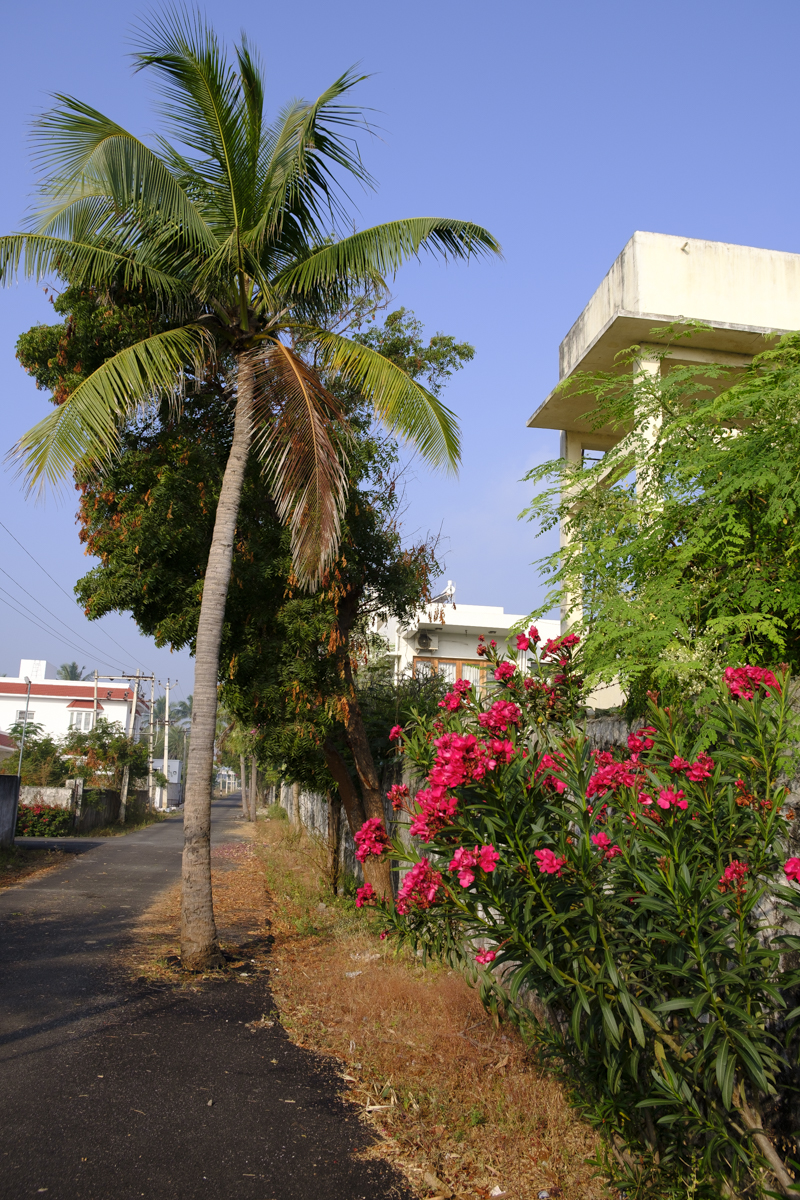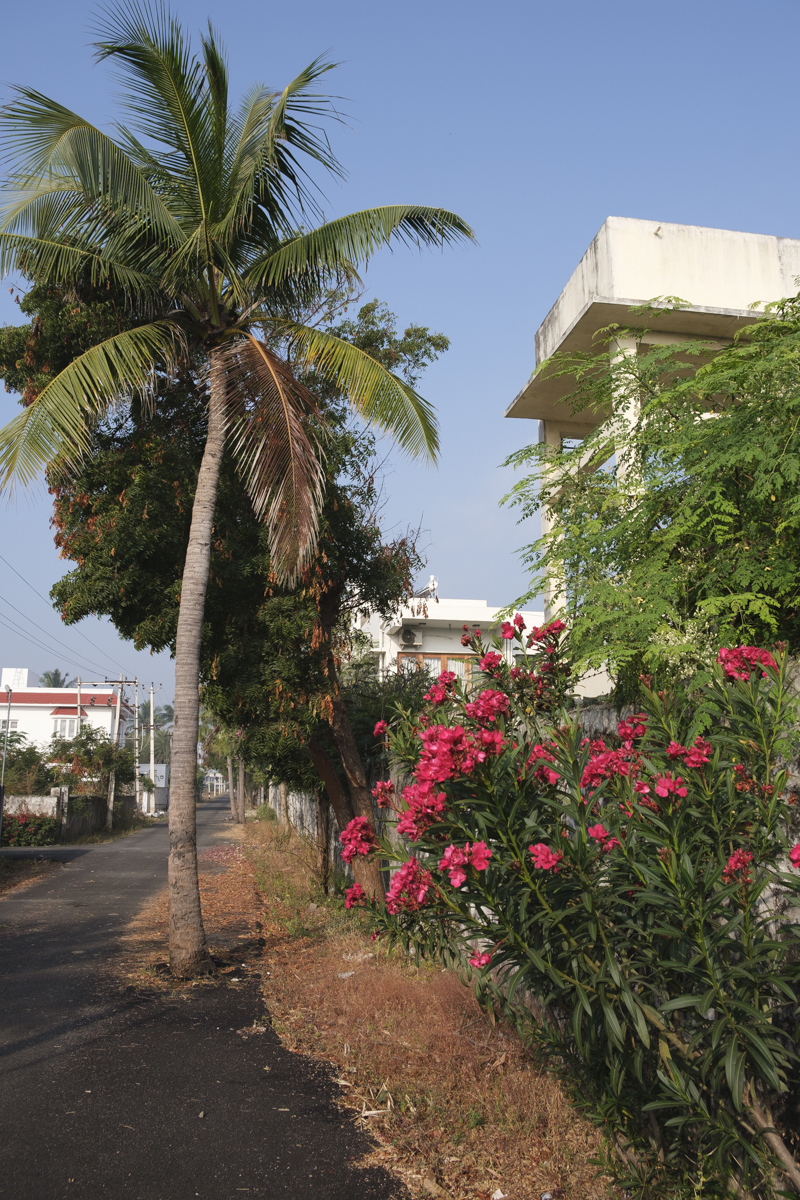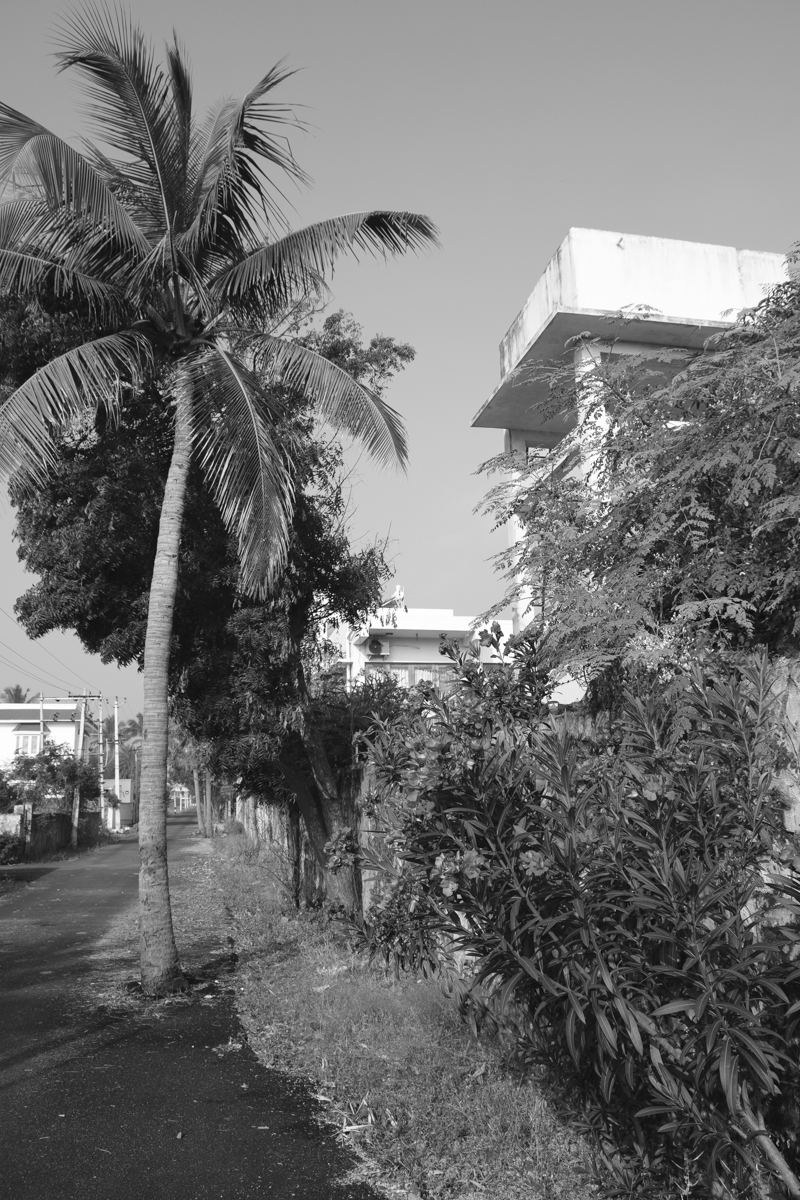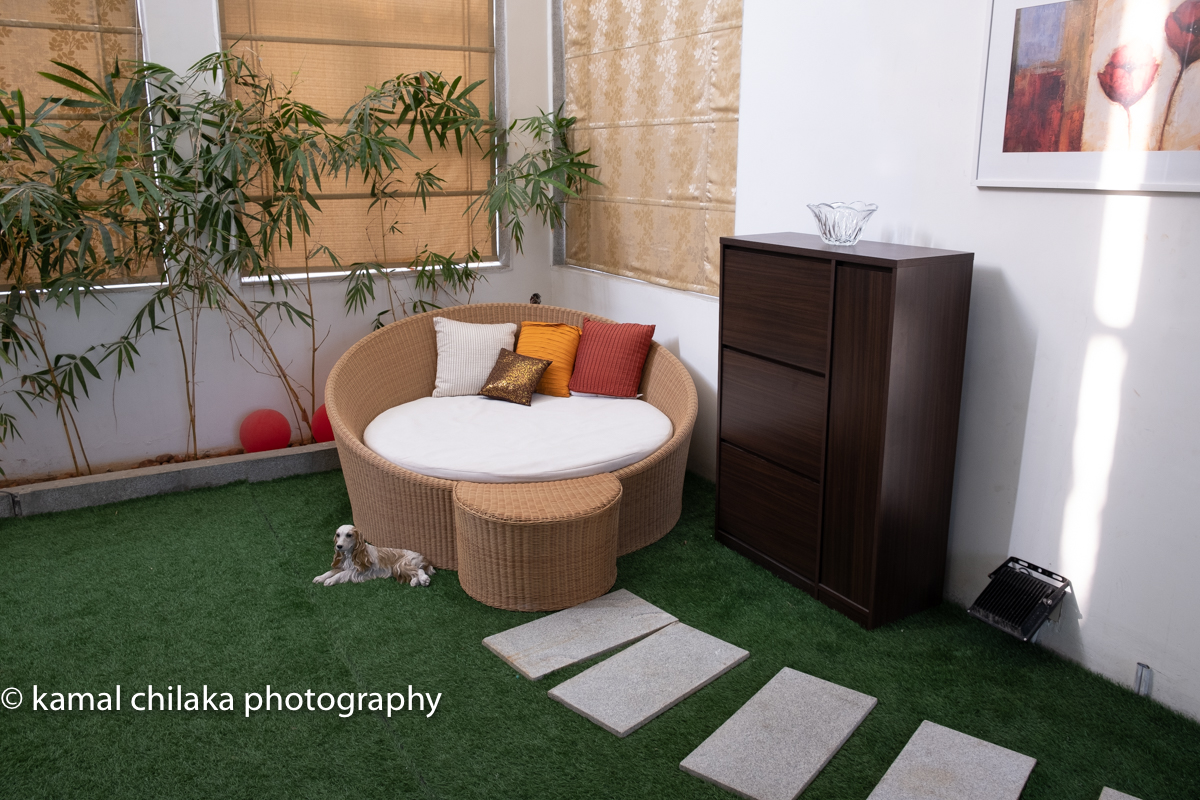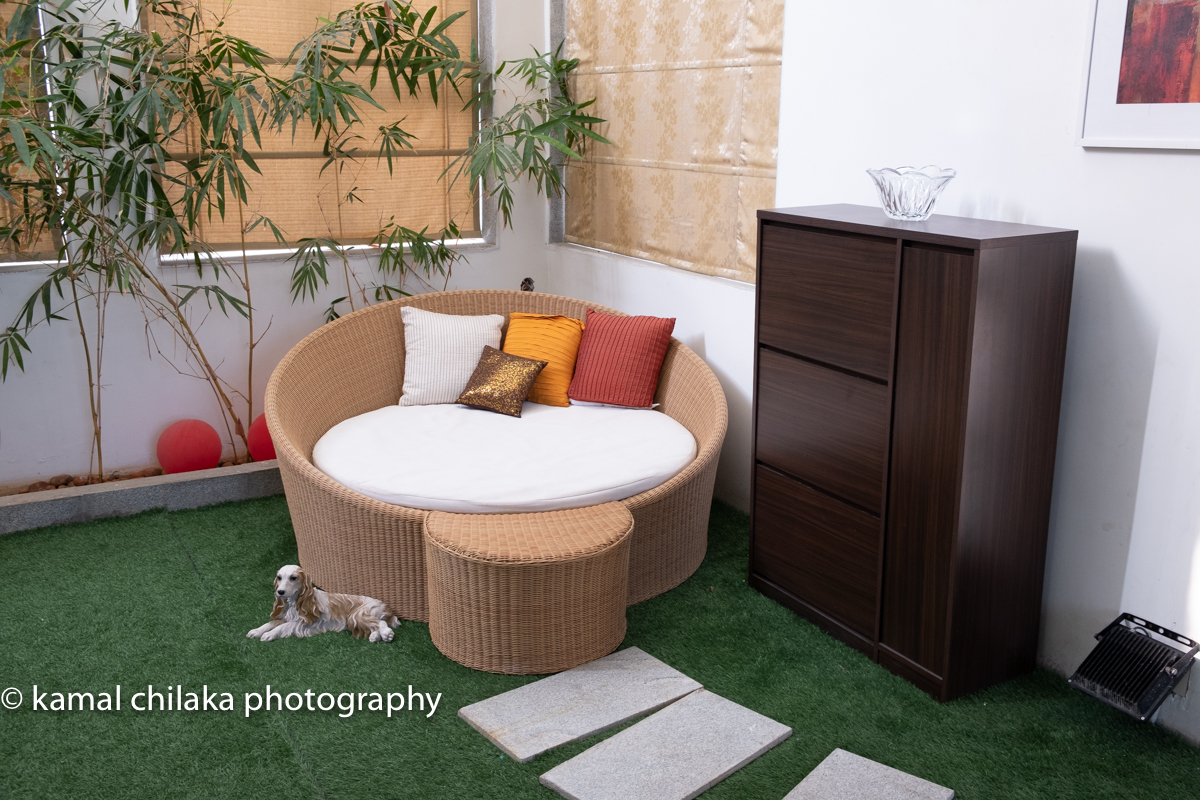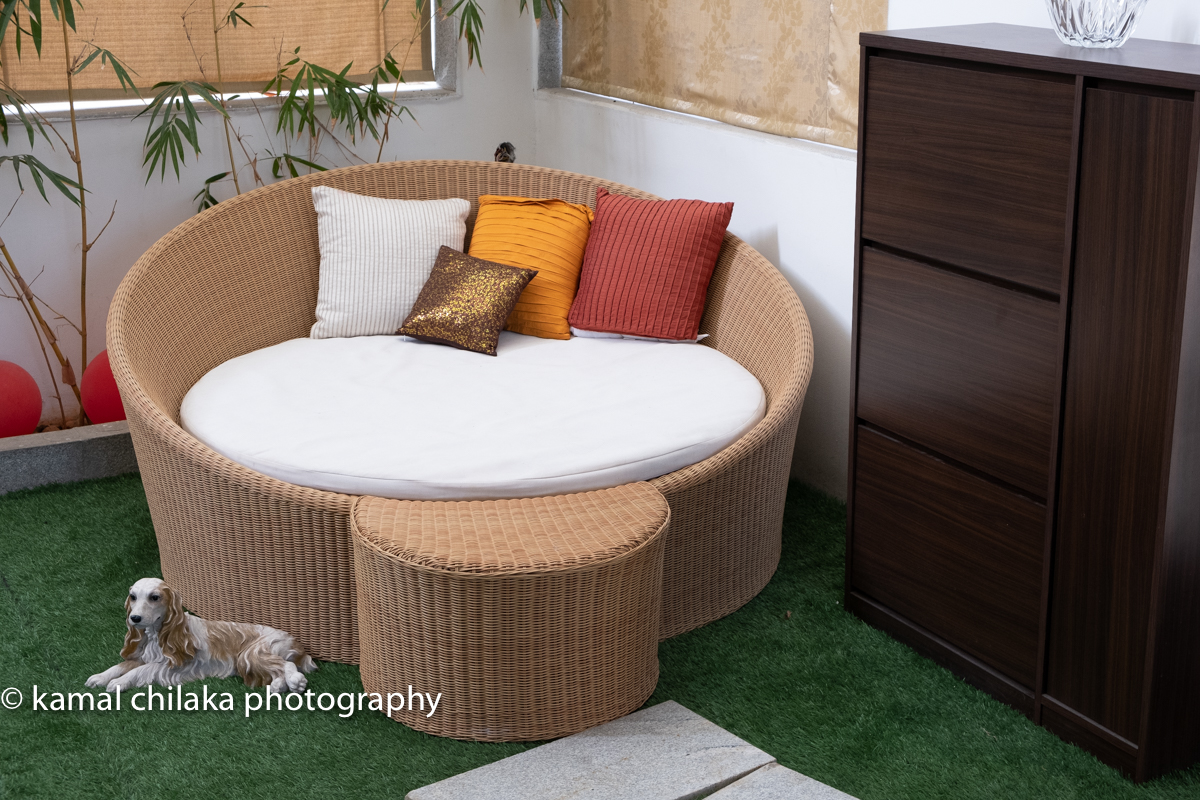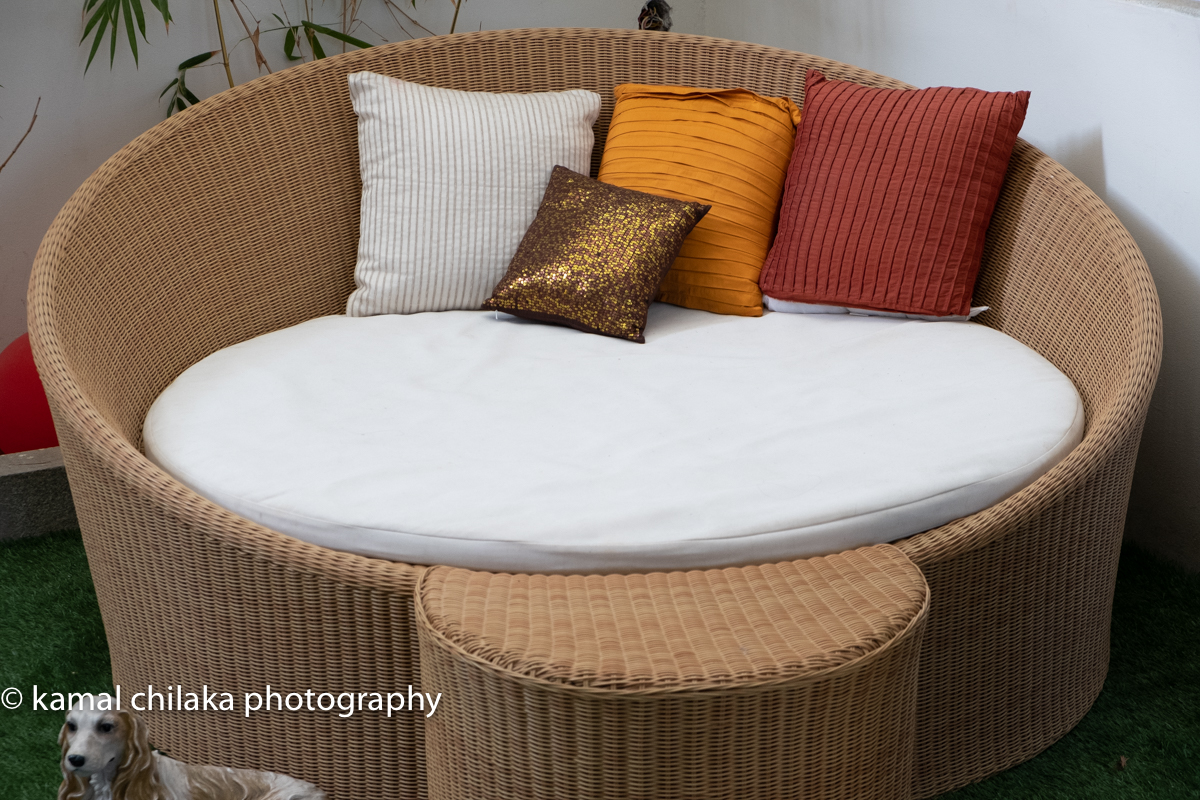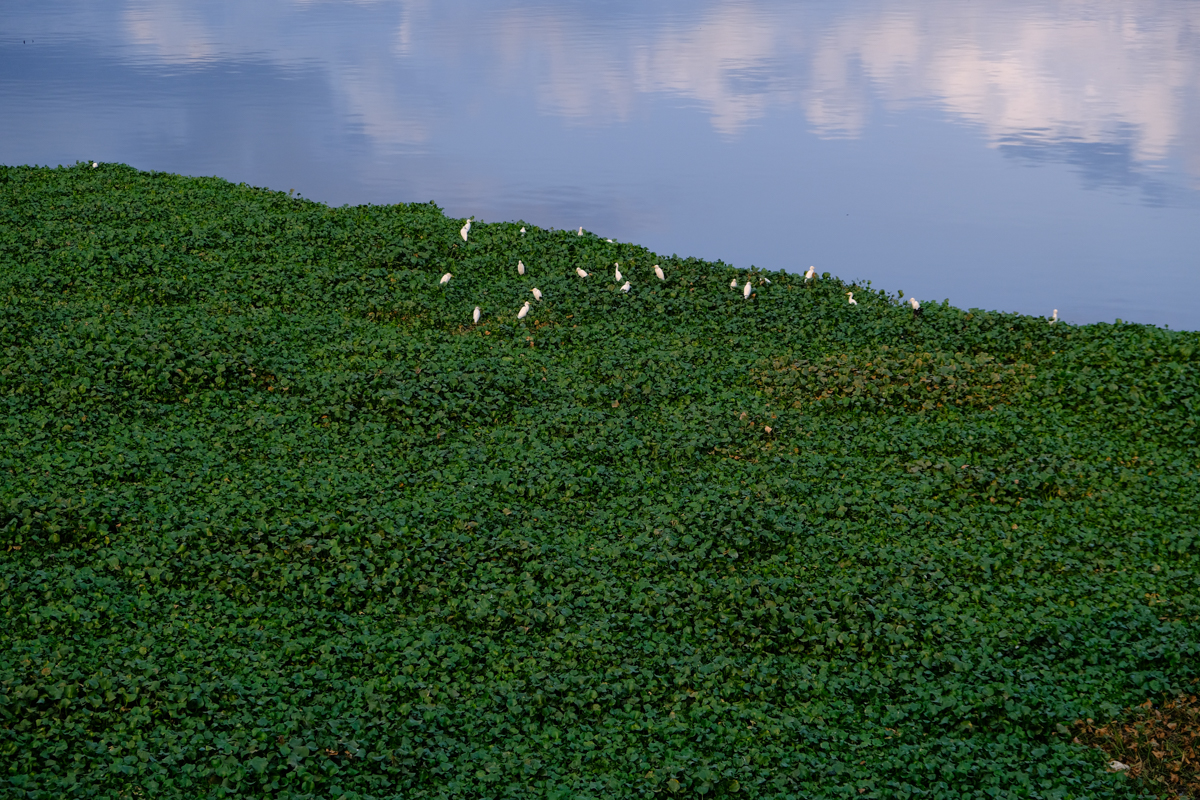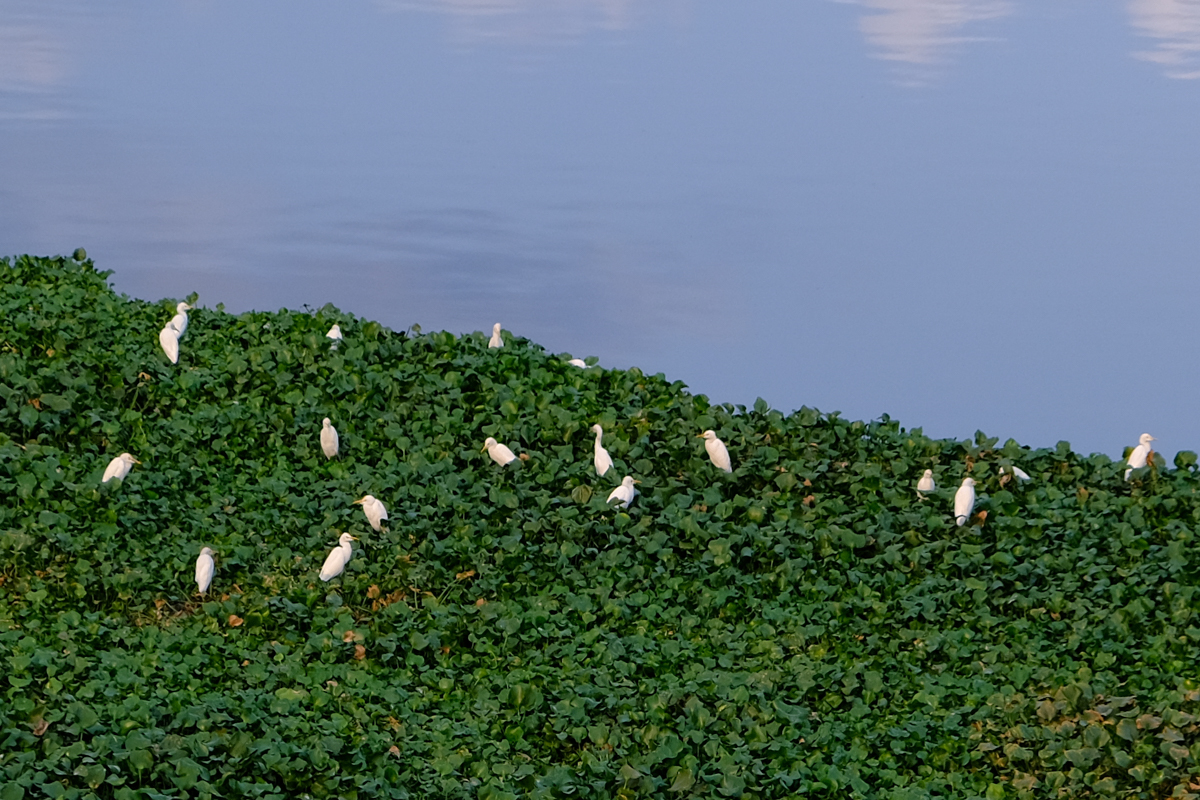Fuji XT-3 Short Term Review
The Photographer’s search for the best camera gear is never done. As mirrorless technology and cameras develop there are now very good APS-C Cameras available. Specially from Fujifilm which has led the charge on development of APS-C cameras with their XT and XH range of cameras. The latest flagship APS-C camera from Fujifilm The X-T3 claims to improve in all aspects from the X-T2 which has already gotten great reviews from the supporters of smaller sensor cameras.
The Photographer’s search for the best camera gear is never done. As mirrorless technology and cameras develop there are now very good APS-C Cameras available. Specially from Fujifilm which has led the charge on development of APS-C cameras with their XT and XH range of cameras. The latest flagship APS-C camera from Fujifilm The X-T3 claims to improve in all aspects from the X-T2 which has already gotten great reviews from the supporters of smaller sensor cameras.
As I get older the idea of a smaller lighter camera system gets more and more attractive. So I decided to check out the XT3 camera and with the help of Foto Trade my local retailer I got hold of an X-T3 and couple of X lenses a. Fujifilm 18-55mm f/2.8-4 OIS and b. Fujifilm 23mm f/2 to test over a period of a week in real world situations.
FUJIFILM X-T3
Price Body Only : INDIA INR 1,00,000, SINGAPORE S$2,299, USA $1,399.00
Kit with 18-55mm f2.8-4.0 Lens : iNDIA INR 1,23,900.00 ,SINGAPORE S$2,899, USA $1,699.00
Specifications
Number of effective pixels 26.1 Megapixels
Image sensor. 23.5mm×15.6mm (APS-C) X-Trans CMOS 4 with primary color filter.
Sensor Cleaning system Ultra Sonic Vibration
Storage media SD memory card (-2GB) / SDHC memory card (-32GB) / SDXC memory card (-512GB)
UHS-I / UHS-II / Video Speed Class V90 *
1File formatStill image. JPEG (Exif Ver.2.3)*2, RAW : 14bit RAW(RAF original format), RAW+JPEG
Number of recorded pixels
L: (3:2) 6240 x 4160 / (16:9) 6240 x 3512 / (1:1) 4160 x 4160
M: (3:2) 4416 x 2944 / (16:9) 4416 x 2488 / (1:1) 2944 x 2944
S: (3:2) 3120 x 2080 / (16:9) 3120 x 1760 / (1:1) 2080 x 2080
Lens mount. FUJIFILM X mount.
Sensitivity. Standard Output Sensitivity : AUTO1 / AUTO2 / AUTO3(up to ISO12800) / ISO160 to 12800(1/3 step). Extended output sensitivity : ISO80 /100 /125 / 25600 / 51200
Exposure control. TTL 256-zone metering, Multi / Spot / Average / Center Weighted
Exposure mode. P (Program AE) / A (Aperture Priority AE) / S (Shutter Speed Priority AE) / M (Manual Exposure)
Exposure compensation. -5.0EV - +5.0EV, 1/3EV step (movie recording : -2.0EV - +2.0EV)
Image Stabiliser Supported with OIS type lenses
Shutter type. Focal Plane Shutter.
Shutter speed
Mechanical Shutter. P mode: 4sec. to 1/8000sec. A mode: 30sec. to 1/8000sec. S/M mode: 15min. to 1/8000sec. Bulb mode: up to 60min.
Electronic Shutter*3P mode: 4sec. to 1/32000sec. A mode: 30sec. to 1/32000sec. S/M mode: 15min. to 1/32000sec. Bulb mode: 1sec. Fixed.
For More Details Specs check out the Fujifilm website.
The Specs are impressive enough but is it any good to use? The Ergonomics and ease of control, Image Resolution and Quality ,low light performance are of utmost importance to me and to a lesser extend speed of operation too.
The Ergonomics
The camera is small even compared to full frame mirrorless cameras like the Sony A7 series or the Canon EOS R. But the grip on the camera is good and fits well in the hand. The weight is nicely balanced with the Lenses specially the kit 18-55.
The Layout of the buttons is typical Fujifilm with dedicated dials for Shutter Speed,ISO and Exposure compensation on the top plate of the camera. The lenses have aperture control rings. The dedicated dials and aperture rings provide ready access to the Exposure triangle of ISO, APERTURE and SHUTTER SPEED without having the need to press any additional buttons or dials or getting into the menu system. The Menu system took me a little getting used to but it seems to be laid out well enough but nothing path breaking like the Hasselblad X1D or Leica SL.
The rear screen is a tilting type screen and does not flip out completely like some the ones on the Canon EOS R.
The one thing I didn’t like is the shutter sound which sounds artificial and just didn’t give me the satisfaction of using a DSLR in that aspect.
Image Sharpness, Resolution and Quality
Once I got used to the controls and menu layout I started shooting a variety of subjects in varied light conditions in and around my home.
Post shooting I imported the images into the latest version of Adobe Lightroom Classic to inspect and review the images. I primarily shot in RAW mode but shot a few images in JPEG as well so how they turned out.
See the sample images below
I loved the fact that shooting in RAW gave me the option to change the image to any of the Fujifilm Film presets such as Provia and Velvia available in-camera even in post. That is definitely one of the biggest draws for the Fujifilm cameras
The Lenses
The XF 23mm f 2.0 WR Lens
This is a very compact 23mm (36.8 mm full frame equivalent) lens. Its size is similar to that of Leica M Lenses. It is available in black and silver colours. I decided to try this lens out instead of the faster more expensive 23mm f 1.4 . That review will come at a later date.
Shot using XF 23 mm f 2.0 wide open. The camera and lens combination did pretty well in a backlit situation. But I was shooting with auto ISO setting and at ISO 800 which this image was taken there was a fair bit of noise compared to my 5D Mark iv. The nose was comparable to the noise that my Canon 5D mark iv produces at ISO 3200. The noise has a film grain though and it went away with a little bit of NR in Lightroom.
Shot using XF 23mm F2 R WR lens at f2.0 and 1/60 sec. The focus was fixed on the chair and when zoomed in i could see a lot of detail in the fabric. And the out of cows area was fairly smooth.
shot using XF 23mm f2 at f2.0 and 1/180 sec I feel the camera does well when the light levels are good. The camera set an ISO of 400 for this image as there was a lot of light coming from a window directly in front of subject. image has only a slight hint of noise at ISO 400.
2. 18-55mm f/2.8-4 OIS black
Shot on Fujifilm XT-3 with 18-55mm f 2.8-4.0 lens at 55mm f 6.4 and 1/80 sec unedited . The Leaf is focus and due to the small aperture even the texture of the road is sharp. This image is a 144 dpi jpeg of the original RAW image.
In the slideshow above the images were shot at focal lengths of 18mm 28mm 35mm and 55mm. As you can see the zoom range is quite useful(roughly 28mm to 88mm full frame equivalent).
In the image below I shot this scene at 55mm but the Egrets were still too small to see clearly. When I zoomed in and cropped there was still a lot of detail in the image.
shot using the XF 18-55mm f2.8-4.0 LM OIS Lens using ACROS V2 Simulation preset. I love the film simulations built into fujifilm cameras . Velvia and ACROSS are probably my favourites.
shot using XF 18-55mm lens at f 9.0 and 1/750 sec and edited in Lightroom to lift shadows . When i shot this scene which had a very wide dynamic range i had to ensure the highlights weren’t over exposed. But when i tried retrieving the details in the shadows in Lightroom there was an unnatural white appearing in the shadow areas.
Shot using Velvia Simulation.
Conclusion : i’m still on the wall regarding this camera. There are a lot of things going in its favour such as Ergonomics, weight , the good lenses from fuji and the built in film simulations. But with regards to ultimate image quality, noise in shadows etc i’m not convinced based on the short time i spent with the camera. Will need need to do a longer test before I can decide i want to buy into this camera system or not.
The RAF (FUJI RAW) Files seem to hold much more detail , dynamic and sharpness than the JPEGs which is the case with all cameras but here i found the JPEGs had good colour but bot the expected dynamic range.
I can see it being a nice walk about camera for casual reportage, shooting images for blog and during holidays and family portraits etc but for the type of work i do i think will have to stick with full frame and medium format for the time being.




